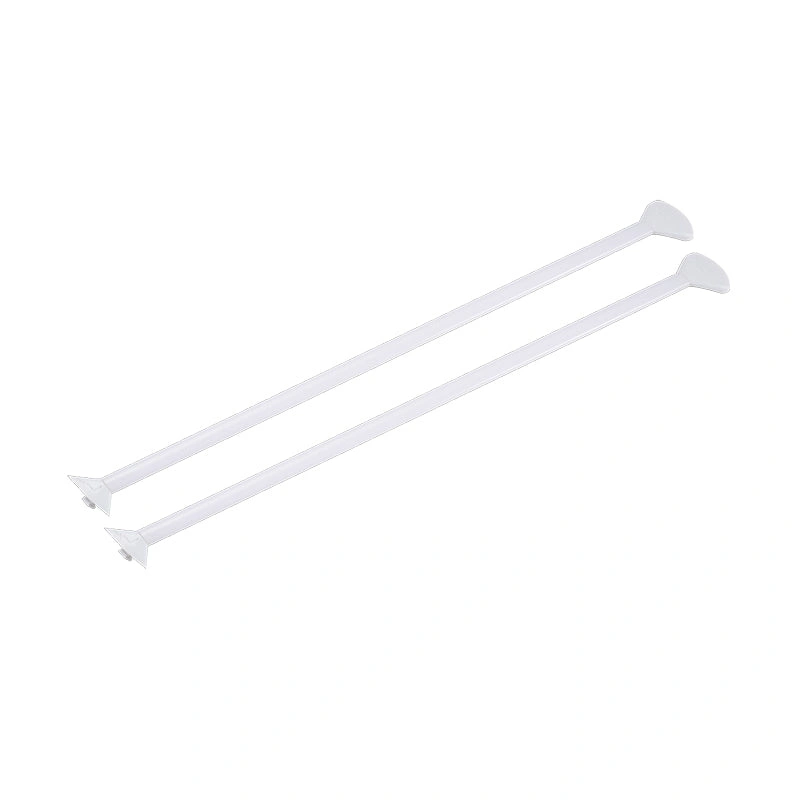Cessna 182 Supporting Struts: Comprehensive Maintenance & Inspection Guide

Cessna 182 Supporting Struts: Keeping You Airborne
Maintaining your Cessna 182 means understanding every critical component, and the supporting struts are no exception. These seemingly simple parts play a vital role in the structural integrity and overall performance of your aircraft. This guide offers a comprehensive look at the maintenance and inspection procedures you need to keep your struts in top condition and your 182 safely in the sky.

Inspection Checklist
- Visual Inspection: Regularly check for any signs of corrosion, dents, or cracks. Pay close attention to the strut's welds and attachment points.
- Leakage Test: If your struts are oil-filled (some Cessna 182 models), inspect for any oil leaks. Leakage indicates a potential seal failure and requires immediate attention.
- Compression Check: Assess the strut's ability to compress and rebound smoothly. Any binding or unusual noises during compression are red flags.
- Attachment Hardware: Examine bolts, nuts, and other hardware for looseness, corrosion, or wear.

Maintenance Procedures
Beyond routine inspection, proper maintenance is key. This involves proper lubrication, particularly at the pivot points and sliding surfaces. Always refer to your Cessna 182's maintenance manual for specific lubrication recommendations and intervals. Replacement of struts should always be performed by a certified aircraft mechanic.

Why It Matters
Maintaining your Cessna 182’s supporting struts is a critical safety measure. Compromised struts can lead to structural failure, impacting the aircraft’s ability to handle the stresses of flight and landing. Don't take chances with your aircraft's integrity – regular inspections and proper maintenance ensure that your Cessna 182 remains a reliable and safe way to experience the skies.

